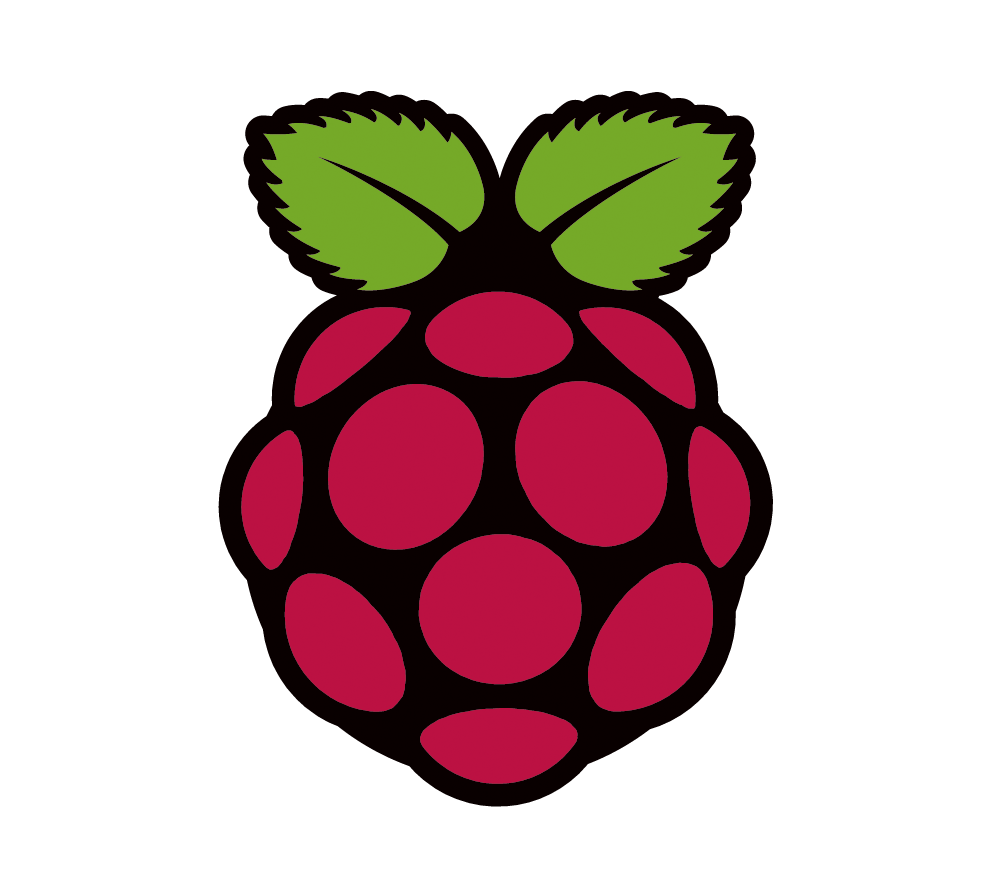Raspberry Pi 4 released

The Raspberry Pi Foundation recently released their latest budget-friendly single board computer, the Raspberry Pi 4 Model B. It is available in three RAM configurations of 1GB, 2GB, and 4GB of LDPPDR4-3200 memory. The base Raspberry Pi 4 costs the same as the Raspberry Pi 3B at $35. The 2GB costs $45 and the 4GB model is $55. It now comes with a faster SoC, dual display outputs, faster storage, networking, and USB I/O. The Pi 4 is a performance upgrade over 2018's Pi 3+ while still being compatible with GPIO, camera, and display connected devices. Because the USB and Ethernet ports have swapped places, the display outputs have changed, and the ports all stick out an extra 1mm to sit more flush. In some cases, you may need a new case even though the Pi 4 is a similar 85x65x19.5mm form factor if you plan to upgrade.
The Raspberry Pi 4 Model B features a single Gigabit Ethernet port, two USB 3.0 ports, two USB 2.0 ports, one 3.5mm audio and composite video output, two Micro HDMI video outputs, a USB-C power connector ( 15W/3A ), a single MicroSD card slot on the bottom, and the usual complement of 40-pin GPIO, CSI, and DSI headers. There is even Power over Ethernet support with a compatible HAT accessory.
The I/O is much faster due to better internal hardware. There is now native Gigabit Ethernet support, the previous Pis maxed out a bit over 300 Mbps. USB devices have up to 4 Gbps of bandwidth to share thanks to a dedicated VLI controller running on a PCI-E 2.0 x1 link. The microSD card slot has been upgraded to support up to 50 MB/s versus 25 MB/s on the Pi 3 B+. A future update will add the ability to boot from a USB connected device which should make using the Pi as a cheap desktop replacement easier. The wireless networking chipset handling 802.11ac has not changed, but a software update brings newer Bluetooth 5.0 and Bluetooth low energy support. GPIO pinout is backwards compatible, but there are extra connections for I2C, SPI, or UART.
Raspberry Pi 4 Model B is powered by a 28nm Broadcom BCM2711 SoC with a quad core ARM Cortex A-72 CPU clocking in at 1.5 GHz 1.1/2/3, H.265 4k60 and a VideoCore VI GPU clocked at 500 MHz that supports OpenGL ES 1.1/2/3, H.265 4k60 and H.264 1080p60 decode, and dual 4K display. The dual display can output one display at 4k60, one monitor at 4k30 plus one 1080p60, or two at 4k 30Hz.
In terms of performance, video playback issues are the only major issues. The Pi 4 does also get hot under sustained load and reached temperatures up to 75C so an active cooler or at least a copper heatsink may be required if you want to ensure peak performance without thermal throttling. The micro HDMI ports also pose a problem with such a portable device in the sense that the connectors are more fragile and may not hold up. With that said, the new processor along with extra memory should speed up desktop GUI-based computing. Raspberry Pi Ltd. CEO Eben Upton stated that the new Pi 4 was up to three times faster than previous SBCs depending on the workload.
The Raspberry Pi 4 is a leap forward for the Raspberry Pi. The benefit will come from all the tinkerers who can use the enhanced performance, I/O and graphics to create new iOT devices, media servers and robots. Kids building Pi projects in school will also have a world of new learning possibilities. There are some issues that may get resolved in the future via software updates. Popular apps like Retropie can't run on the Raspberry Pi 4 yet. Video playback performance is disappointing and we won't know exactly how good video playback will get until the operating system is refined over time. The Pi 4 is a major upgrade from the Pi 3 B+ and all the other inexpensive single board computers on the market.